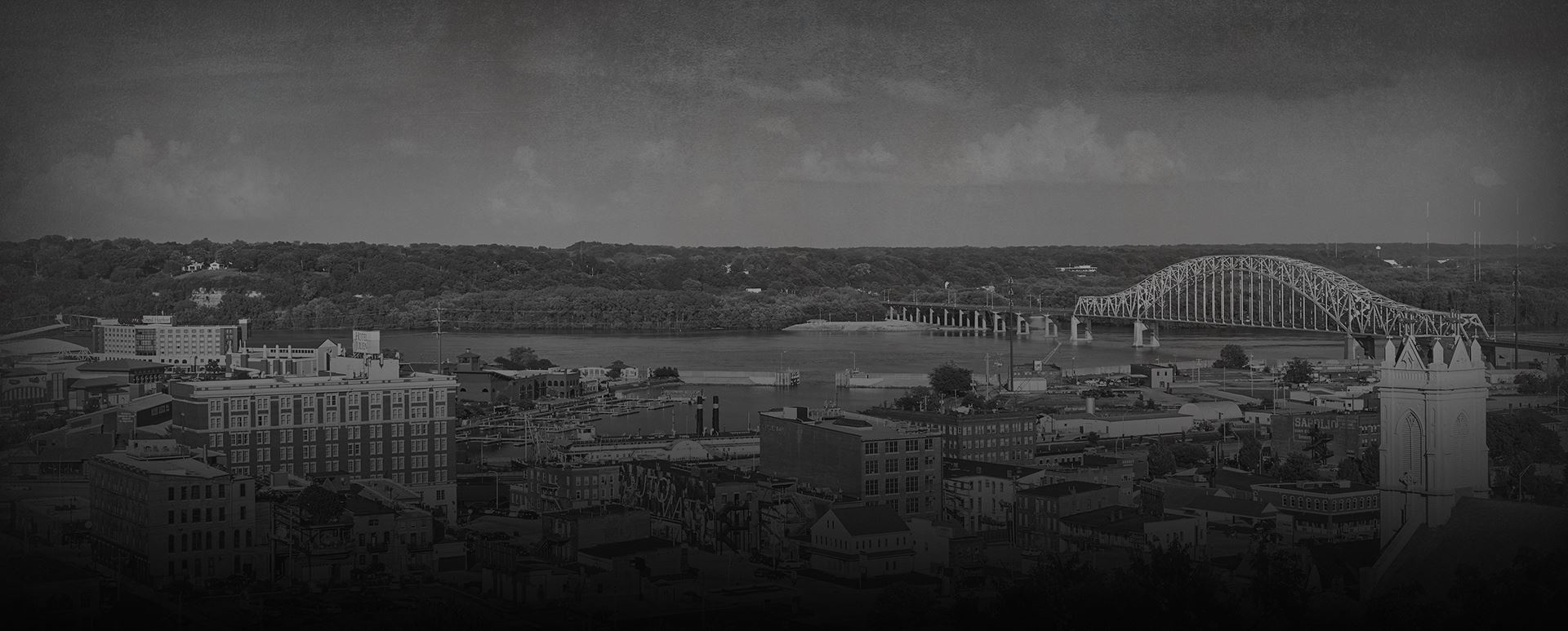

Steps a criminal defense attorney can take to keep out evidence of a defendant’s prior bad acts
Under the Federal Rules of Evidence, a defendant’s prior bad acts cannot be introduced into evidence in a criminal trial for the purpose of showing the defendant’s propensity, or inclination, to commit the crime charged; such evidence may be admitted for other purposes, however, so long as its prejudicial value does not outweigh its probative value (i.e., so long as it does not unfairly distract the jury from the main question of what actually happened on the occasion in question). If a criminal defendant has committed similar crimes in the past, admission of that fact into evidence at trial almost guarantees a conviction. Thus, a careful criminal defense attorney will take steps to have this evidence excluded from the trial, if legally possible. These steps include: File a motion with the court: The defense attorney should always demand that the government give notice of prior bad acts evidence and force the government to articulate, specifically, what the evidence proves besides the defendant’s propensity to commit the crime charged. If the government cannot make this showing, the criminal defense attorney should file a motion (formal request) with the court to have this evidence excluded. Argue propensity: The criminal defense attorney always should argue that the jury is likely to consider evidence of the defendant’s prior bad acts as evidence of the defendant’s propensity to commit the crime charged or evidence of the defendant’s bad character, generally. Both of these considerations are legally improper, but, practically speaking, jurors have a difficult time making this distinction, especially if the prior act was more sordid than the crime on trial. Argue confusion and delay: The criminal defense attorney should argue that proving the prior bad act will embroil the court in a trial within a trial, resulting in confusion and delay. This argument is most persuasive when the prior act did not result in a conviction, but even if there was a conviction, the certified record of conviction often does not show the underlying facts that might prove the prior bad act admissible. The conviction might not include a finding on the facts; therefore, the prosecutor would have to call witnesses, and the defendant would be entitled to defend against the allegations, just like another trial.
Admission of a prior bad act usually leads to a conviction
Some jurisdictions treat the rule as one of inclusion. [United States v. Sriyuth, 98 F.3d 739, 745 (3d Cir. 1996).] Others presume inadmissibility. [People v. Resek, 3 N.Y.3d 385, 390, 821 N.E.2d 108, 787 N.Y.S.2d 683 (2004).] [See FRE 404(b).] Federal Rule of Evidence 404(b) provides that evidence of “other crimes, wrongs, or acts” is not admissible to prove a person’s character are inadmissible at trial cannot be admitted at is inadmissible at trial to show the (On the other hand, improper admission of prior bad acts is an error especially likely to result in reversal on appeal.)
-
"He went far above & beyond what was expected!"
- Nita F. -
"I had an excellent experience working with Thad Murphy and his amazing staff."
- Rhonda B. -
"Great answers to questions and quick to get ahold of."
- R.G. -
"Great service and fair prices."
- Julia T.
Why Choose Our Firm?
The Next Step to a Brighter Future
-
Free Initial Case Evaluation
-
Local Iowa Attorneys - We Understand YOU
-
Over 60 Years Of Combined Experienced
-
We Advocate For Our Clients


